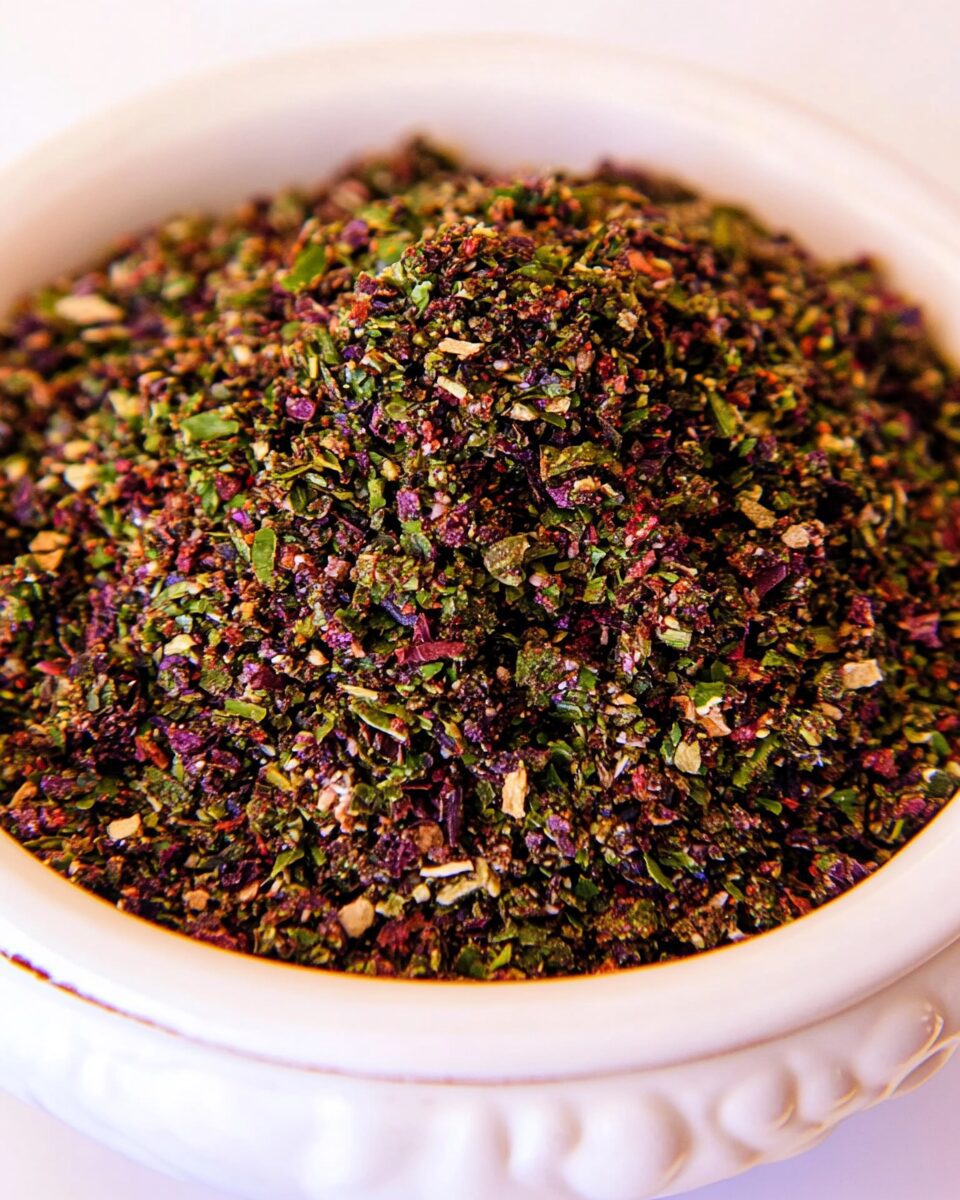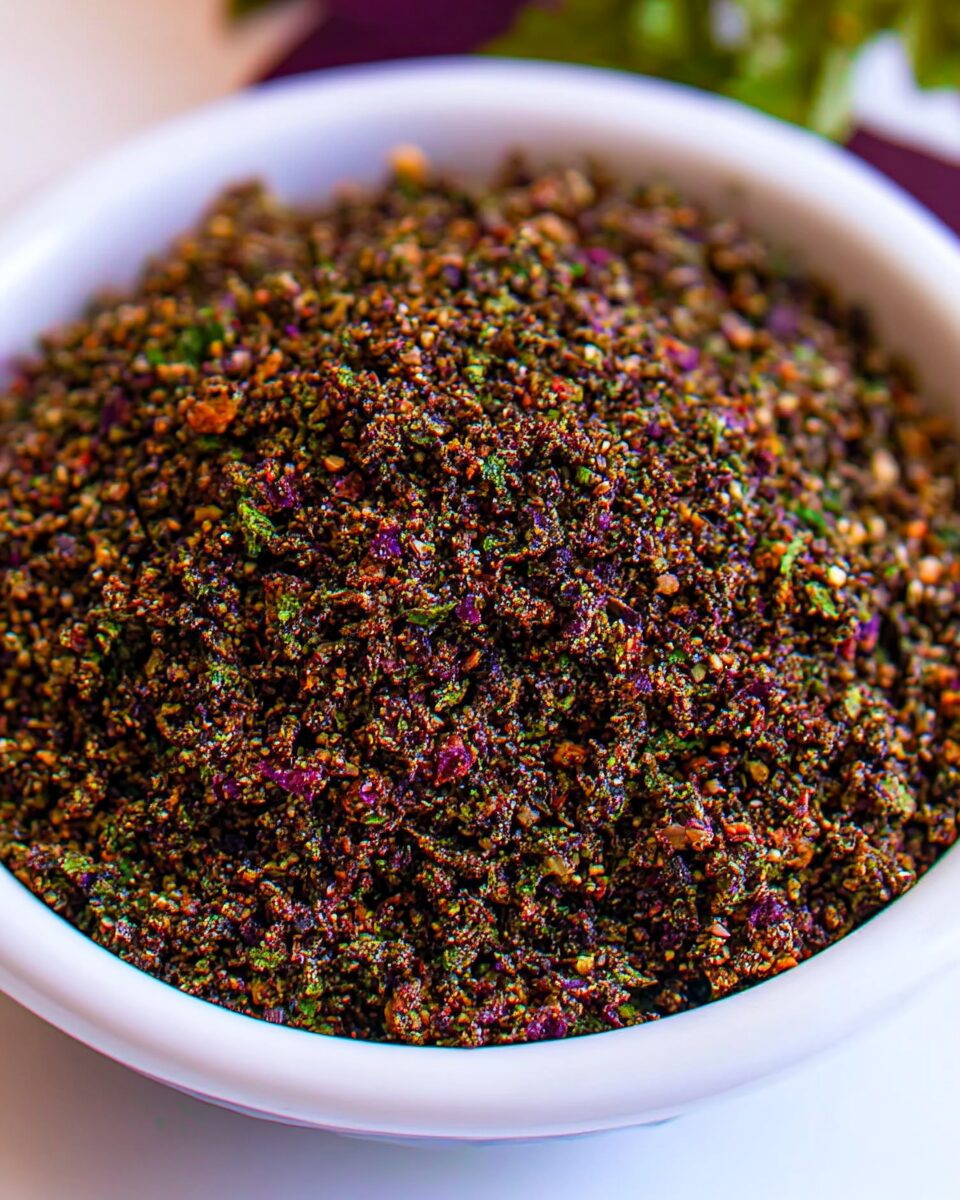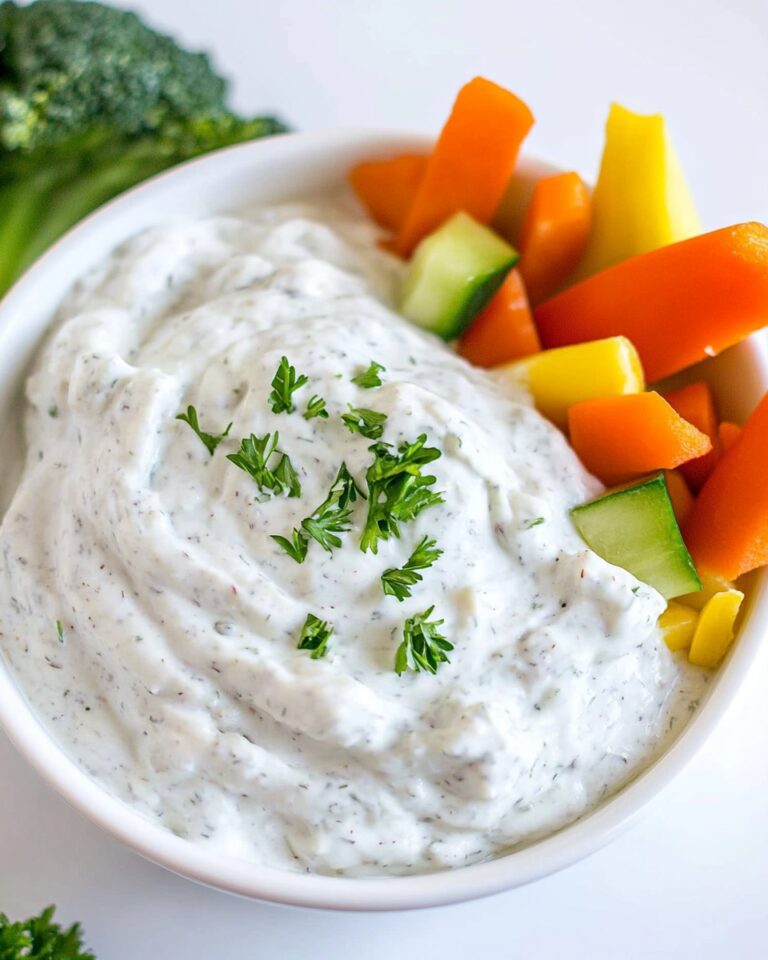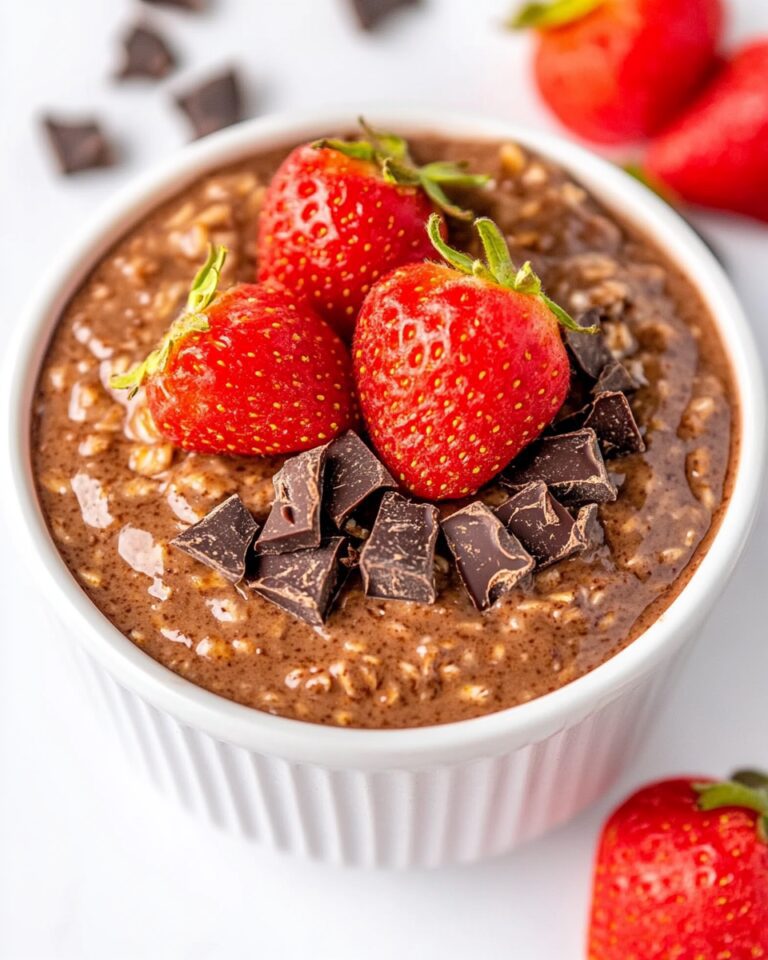Zaatar Spice Recipe
Zaatar spice is a cherished blend in Middle Eastern cuisine, renowned for its aromatic flavor and versatility. This delightful mixture brings together earthy herbs and tangy spices, creating a unique profile that elevates a variety of dishes. Whether sprinkled over roasted vegetables, mixed into dips, or used as a rub for meats, zaatar adds a fragrant touch that tantalizes the taste buds. Its origins trace back to ancient times, where it was used not only as a seasoning but also as a symbol of hospitality and culture. The blend typically consists of sumac, thyme, sesame seeds, and other spices, each contributing to its distinct character. Making your own zaatar at home not only allows for customization but also ensures freshness, as store-bought versions may lose their potency over time. In this recipe, you’ll learn how to create your own zaatar spice blend that will become a staple in your kitchen, ready to enhance your meals with its unique taste.
Why You’ll Love This Recipe?
There are several compelling reasons to embrace this zaatar spice recipe. First and foremost, the taste is simply exceptional. The combination of nutty sesame seeds, tangy sumac, and fragrant thyme creates a harmonious blend that can transform ordinary dishes into extraordinary ones. Secondly, preparing zaatar at home is a breeze. With just a few ingredients and minimal effort, you can whip up a batch in no time, allowing you to enjoy this aromatic spice whenever you desire. Additionally, making your own zaatar allows you to customize the blend to suit your personal preferences. You can adjust the ratios of each ingredient to create a flavor profile that resonates with your palate. Moreover, the vibrant appearance of the spice mix, speckled with green herbs and toasted sesame seeds, adds visual appeal to your dishes. Lastly, zaatar’s versatility means it can be used in countless ways, from seasoning meats and vegetables to enriching dips and spreads. Once you try this recipe, it will undoubtedly become a beloved staple in your culinary repertoire.
Ingredients:
To create a delightful batch of zaatar spice, gather the following ingredients, each playing a crucial role in the flavor profile:
- 2 tablespoons of dried thyme: The base herb in zaatar, dried thyme adds an aromatic, earthy flavor that complements the other ingredients beautifully. It brings a depth to the blend that is essential for achieving the traditional zaatar taste.
- 2 tablespoons of sumac: This tangy, berry-like spice is a hallmark of zaatar. Sumac adds a lemony zest that brightens the mix, balancing the earthiness of the thyme and sesame. It’s essential for that signature zaatar flavor.
- 2 tablespoons of sesame seeds: Toasted sesame seeds provide a rich, nutty undertone to the blend. They also add a delightful crunch and texture, making zaatar not just a flavor enhancer but a sensory experience.
- 1 tablespoon of oregano: While not always included in all zaatar blends, oregano enhances the overall herbaceous flavor. It complements the thyme and adds a hint of sweetness to the mix.
- 1 tablespoon of marjoram: This herb offers a milder, sweeter flavor that works well alongside the bolder thyme and sumac. Marjoram contributes to the complexity of the blend.
- 1 teaspoon of salt: Salt is crucial for enhancing the flavors of the other ingredients. It helps bring out the natural essences, making the blend more vibrant and flavorful.
- 1 teaspoon of black pepper: Freshly ground black pepper adds a subtle warmth and complexity to the zaatar blend. It rounds out the flavors, ensuring that each bite is well-seasoned.
Feel free to adjust the amounts based on your taste preferences. If you prefer a more pronounced flavor from one ingredient, such as the tang of sumac or the earthiness of thyme, you can easily modify the recipe to suit your palate. Ensure that your spices are fresh for the best flavor, as older spices may lack the potency needed to make a vibrant zaatar mix. Once you have all your ingredients measured and ready, you’ll be set to create a homemade zaatar that promises to elevate your culinary creations.
How To Make Zaatar Spice Recipe?

Creating your own zaatar spice blend is a straightforward process that yields a flavorful result. Follow these step-by-step instructions to craft your homemade zaatar:
- Start by gathering all your ingredients on a clean, flat surface. Make sure to measure out each component accurately for a balanced flavor.
- In a dry skillet over medium heat, toast the sesame seeds. Stir them frequently for about 3-5 minutes until they turn golden brown and release their nutty aroma. Keep a close eye on them, as they can burn quickly.
- Once toasted, remove the sesame seeds from the skillet and allow them to cool completely. This step is crucial, as hot seeds can alter the texture of the blend.
- In a mixing bowl, combine the dried thyme, sumac, oregano, marjoram, salt, and black pepper. Use a whisk or a fork to mix the spices thoroughly, ensuring they are evenly distributed.
- Once the sesame seeds are cool, add them to the spice mixture. Stir gently to incorporate them without crushing the seeds too much. The toasted sesame seeds should remain intact for texture.
- Transfer the zaatar blend to an airtight container. A glass jar or a spice container works well. Seal it tightly to keep the spices fresh.
- Store the zaatar in a cool, dark place for up to six months. For the best flavor, use it within a few months, as the spices will gradually lose their potency.
Now that you have your zaatar spice blend ready, you’re equipped to enhance your culinary creations. This homemade zaatar not only promises a burst of flavor but also brings a touch of your personal touch to every dish you prepare.
Tips For Variations:
Creating your own zaatar spice blend opens the door to a multitude of variations tailored to your taste preferences. Here are some unique ideas to consider, allowing you to experiment with flavors, textures, and even budget options:
- Try adding dried mint for a refreshing twist. Mint complements the other herbs beautifully and adds a cooling effect that pairs well with grilled meats and salads.
- If you enjoy a spicier kick, consider incorporating a pinch of cayenne pepper or paprika. This addition can elevate the heat level of your zaatar, making it ideal for those who prefer bold flavors.
- For a nuttier flavor, experiment with different nuts. Ground pistachios or almonds can be added to the blend, providing a unique texture and a delightful crunch.
- For those on a budget, consider substituting the dried herbs with fresh ones if available. While fresh herbs will yield a different texture, they can provide a burst of flavor that dried herbs may lack.
- Adjust the proportions of the ingredients based on your preferences. If you love thyme, increase its quantity, or if you prefer a more pronounced sumac flavor, feel free to add more.
- For a Mediterranean flair, include a touch of coriander or cumin, which can add depth and complexity to the zaatar blend.
- If you want a more citrus-forward flavor, consider adding lemon zest to the mix. The zest will impart a fresh aroma and bright notes that can enhance your dishes.
- Don’t hesitate to play with the salt content. If you’re watching your sodium intake, you can reduce the amount of salt or use a salt substitute while still retaining flavor in your zaatar.
These variations allow you to customize your zaatar spice blend to suit any dish or occasion. The beauty of making zaatar at home is the freedom to explore flavors and ingredients that resonate with your culinary style.
Serving Suggestions:

Once you have your homemade zaatar spice blend, the possibilities for serving are endless. Here are some creative suggestions to incorporate zaatar into your meals:
- Drizzle olive oil over fresh bread or pita, then sprinkle zaatar on top for a simple yet flavorful appetizer. This combination is perfect for dipping or as a side with soups and salads.
- Use zaatar as a seasoning for grilled meats. Marinate chicken, lamb, or fish in olive oil and zaatar before grilling for a flavorful, aromatic dish that will impress your guests.
- Incorporate zaatar into your roasted vegetables. Toss vegetables like carrots, zucchini, or bell peppers in olive oil and zaatar before roasting to enhance their natural sweetness.
- Enhance dips and spreads by mixing zaatar into hummus or yogurt. This addition provides an extra layer of flavor, making your dips irresistible for gatherings.
- Sprinkle zaatar over salads for a fresh twist. It pairs especially well with leafy greens, cucumbers, and tomatoes, adding a unique flavor dimension to your salads.
- Use zaatar as a finishing touch on flatbreads and pizzas. Sprinkle it over the top before serving to elevate the flavors and add a vibrant appearance.
- Incorporate zaatar into rice or grain dishes. Mixing it into cooked quinoa, couscous, or rice can infuse those staples with a delicious herbaceous flavor.
- Make zaatar-infused oil by combining olive oil and zaatar. Use this oil for drizzling over dishes, dressing salads, or as a dip for bread.
These serving suggestions highlight the versatility of zaatar, making it a fantastic addition to a wide array of dishes. Whether you use it as a spice, a seasoning, or a flavor enhancer, zaatar will undoubtedly bring an exciting twist to your culinary adventures.
FAQ:
What is zaatar traditionally used for?
Zaatar is traditionally used as a seasoning for meats, vegetables, and breads. It is often mixed with olive oil for dipping or spread on flatbreads and used as a flavor enhancer in dips like hummus.
Can I store zaatar spice long-term?
While zaatar can be stored for several months, it is best to use it within three to six months for optimal flavor. Store it in an airtight container in a cool, dark place to maintain its freshness.
Is zaatar gluten-free?
Yes, zaatar spice itself is gluten-free as it is made from herbs and spices. However, always check the labels of pre-packaged zaatar blends for any added ingredients that may contain gluten.
How can I incorporate zaatar into breakfast dishes?
Zaatar can be sprinkled over eggs, added to an omelet, or used to season roasted tomatoes for a flavorful breakfast. It pairs well with many breakfast staples, adding a unique twist.
Can I make zaatar without sumac?
While sumac is a key ingredient in traditional zaatar, you can still create a flavorful blend without it. Consider using additional herbs or spices to compensate for the tangy flavor that sumac provides.

Homemade Zaatar Spice Blend
Equipment
- Mixing Bowl
- Skillet
Ingredients
Zaatar Ingredients
- 2 tablespoons Dried Thyme Base herb for zaatar, adds earthy flavor.
- 2 tablespoons Sumac Provides tangy, lemony flavor.
- 2 tablespoons Sesame Seeds Toasted for a nutty flavor and texture.
- 1 tablespoon Oregano Enhances herbaceous flavor.
- 1 tablespoon Marjoram Adds a milder, sweeter flavor.
- 1 teaspoon Salt Enhances overall flavor.
- 1 teaspoon Black Pepper Adds warmth and complexity.
Instructions
- Gather all ingredients on a clean surface and measure accurately.
- In a dry skillet over medium heat, toast the sesame seeds for 3-5 minutes until golden brown.
- Remove sesame seeds from skillet and let them cool completely.
- In a mixing bowl, combine dried thyme, sumac, oregano, marjoram, salt, and black pepper. Mix thoroughly.
- Add the cooled sesame seeds to the spice mixture and stir gently.
- Transfer the zaatar blend to an airtight container and seal tightly.
- Store in a cool, dark place for up to six months.








